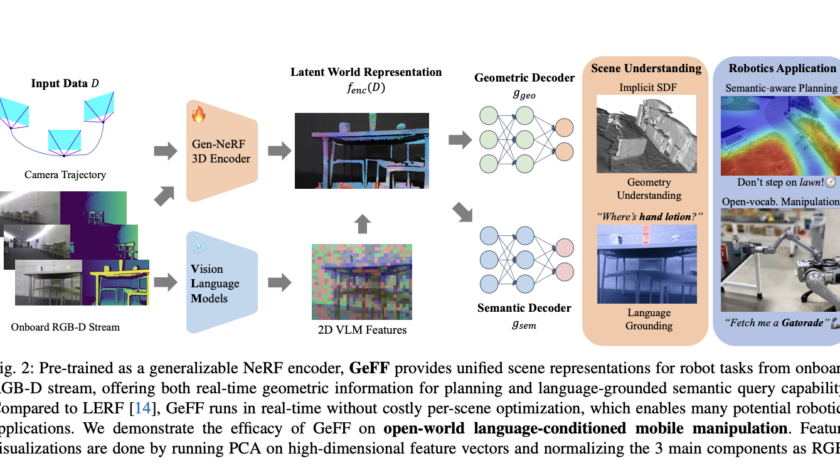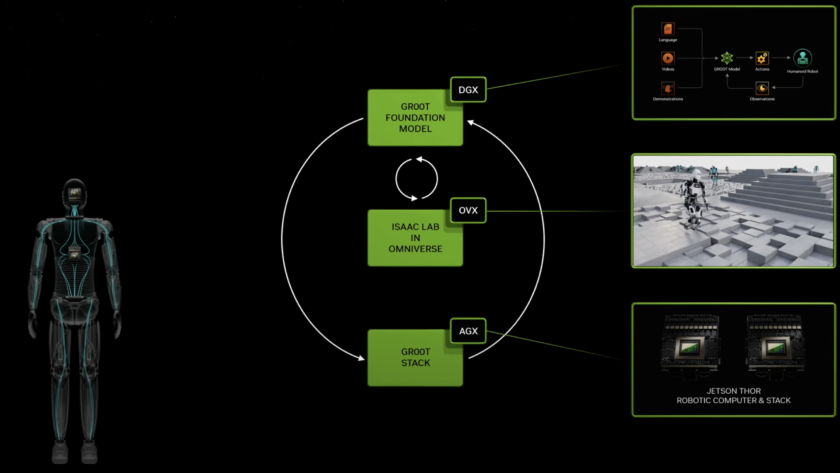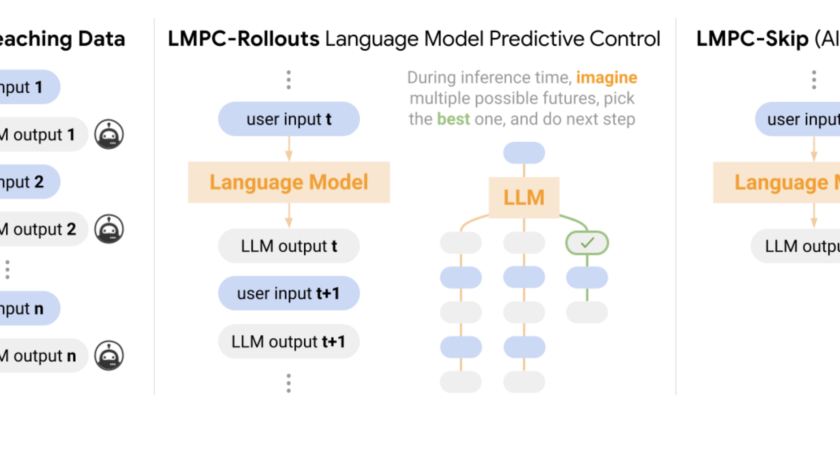The practical application of robotic technology in automatic assembly processes holds immense value. However, traditional robotic systems have struggled to adapt to the demands of production environments characterized by high-mix, low-volume manufacturing. Robotic learning presents a potential solution to this challenge by enabling robots to acquire assembly skills through demonstration rather than scripted trajectories, thus…











